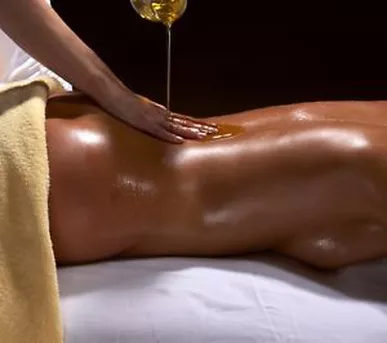Find out and book a mobile full body sensual massage in London here
Guest Post!
1. Origin of Sensual Massage
Between five and seven thousand years old, the spiritual practice of Tantra is the classic location for the practice of sensual massage. Here I use the word sensual instead of sexual to convey the connection between the senses and our physical reactions. This is the core of the mission of this article – guiding people towards more sensuality as a characteristic feature of their sexuality.
Ancient Tantra is the fully realized expression of this mission, in terms of maintaining sexuality as one of the most important experience miracles of life. Tantra actually sees sexuality as an expression of the human mind and as a means of incarnation or carnal worship. In the West we see Tantra as a rarity (although Tantric practice has aroused great public curiosity in recent years). Western sexuality (discussed below) tends to be divided and segmented relative to what the West sees as “property. There is a puritanical attitude to sexuality that pervades Western thinking about sensual matters and that thinking extends to touch. Especially the therapeutic massage has had difficulty to break through this attitude. Now firmly rooted as a valid facet of complementary medicine, those days are over, but the western attitude towards touch and sensuality remains.
It is difficult for us in the West to conceptualize a system of spirituality in which sex is so fundamental and in which it is seen as a deep act of worship. We tend to see worship as something that is done in the community, in a public place of worship. But the pagan people of the Ancient Near East combined these two worlds and openly practiced sexual worship in their Temples (something that Theodosius briefly expelled from the Roman Empire in the fourth century, when Christianity became the state religion).
But Tantra is a kind of compromise. Tantra is a way for loving couples to see the divine in each other and thereby transcend the physical while committing to it. There is something extraordinarily refined about this seemingly esoteric (yet intrinsically practical) concept. This refinement, which appears both in Buddhism and Hinduism as Tantra, also extends to the old practice of tantric massage.
Tantra states that the divine union of the yoni (female genitals) and the lingam (male genitals) is the most sacred act of all. Buddhist and Hindu temples throughout Asia and the subcontinental statue of the yoni and lingam were united in this sacred union. But Tantra also recommends the practice of a form of genital massage where couples worship each other. The extreme intimacy of this form of massage will be discussed later and it will be clear how deeply spiritual this form of erotic massage is. Because it is physical, it transcends the physical. This, for me, represents a transcendence of more than the material, in favor of the ethereal. It represents their unity, suggesting that there is no distinction between these two states. That is an important point for the purpose of this article and a point that speaks about its mission. Please keep that in mind as you read it.
Being concise – being spiritual does not mean that you are not physical and vice versa. Both are part of the same human complex and are not mutually exclusive. By separating ourselves from the idea that they are, we have become more sensual, sexual and erotic people. That is in the center of the locus classicus of erotic massage – Tantra.
But massage, in a sensual context, is an intimate act, suggesting a therapeutic end. That goal can be the healing of physical, spiritual or emotional wounds. The power of touch, when intentionally practiced as part of the sexual experience, transcends the physical. It has a deep resonance at the level of the human heart and soul.
Find out and book a mobile full body sensual massage in London here


